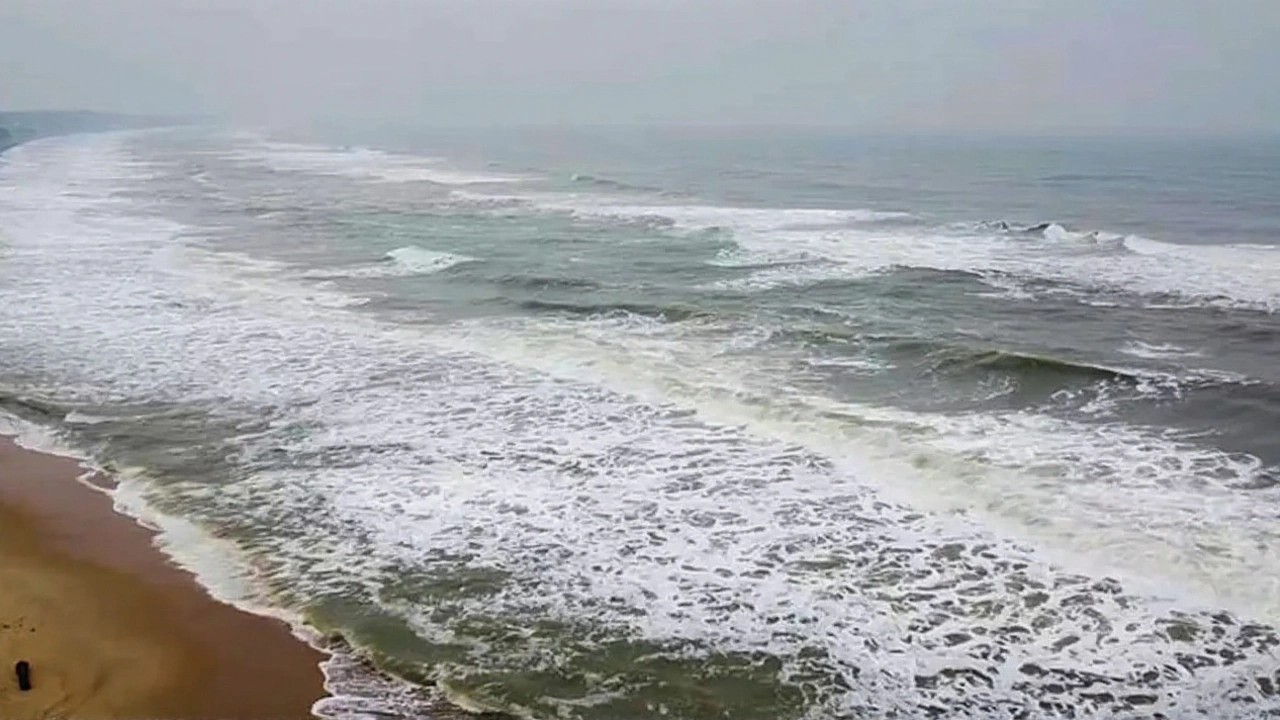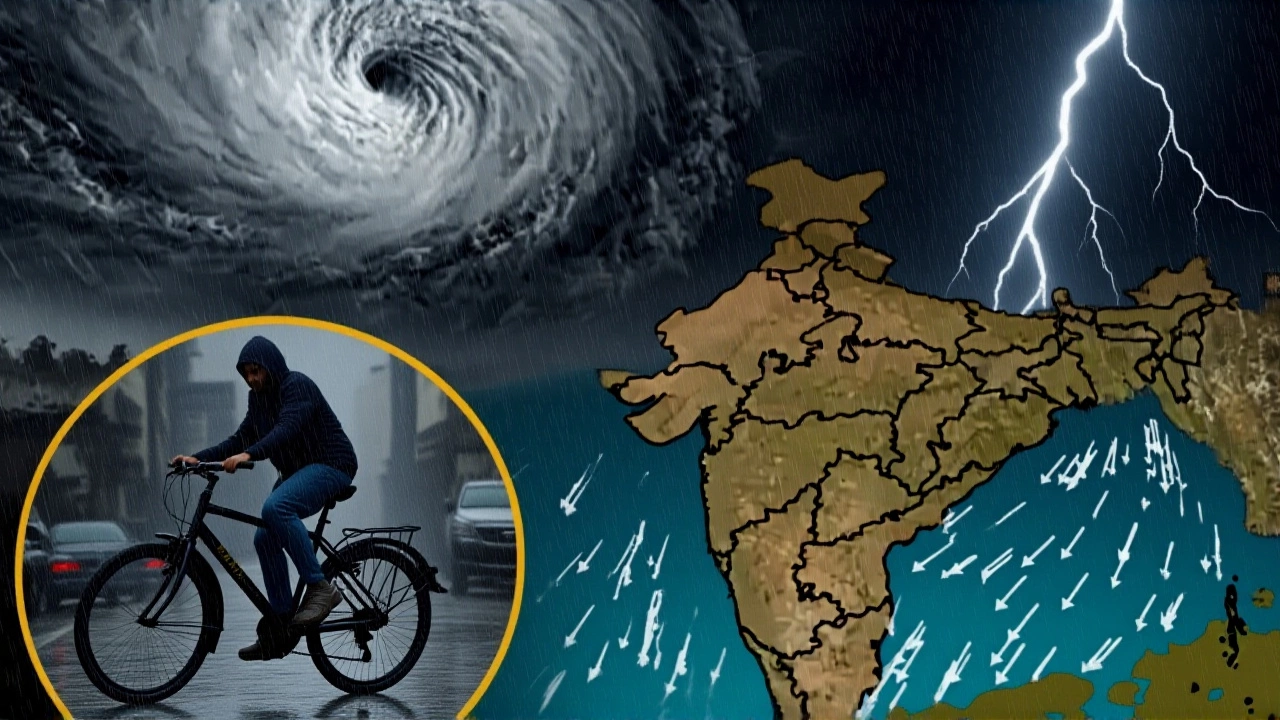When the New York City Council voted 47-2 to ban single-use plastics in all public parks, it wasn’t just another environmental resolution—it was the quiet end of an era. Starting next July, plastic bags, straws, cutlery, and Styrofoam containers will vanish from every picnic blanket, playground, and walking path across the city’s 1,700+ parks. The decision, made on June 12, 2025, follows years of mounting pressure from community groups, park cleanup volunteers, and a generation of New Yorkers who’ve grown tired of seeing plastic wrappers caught in tree branches like eerie confetti.
What Led to This Decision?
The push didn’t come from a single scandal or disaster. It came from silence—the kind that builds when you’ve walked the same trail for 15 years and keep finding the same plastic bottle wedged under the same bench. The New York City Department of Parks and Recreation reported over 1.2 million plastic items collected from parks in 2024 alone. That’s more than 3,300 pieces per day. Many were found in waterways feeding into the Hudson and East River, where turtles and birds were regularly injured by plastic rings and fragments.
What changed? A viral video from last fall showed a child in Central Park pulling a plastic straw out of a duck’s beak. The footage, captured by a high school student named Elena Torres, was viewed over 18 million times. Within weeks, petitions gathered 230,000 signatures. City Councilmember Carlos Mendez, who introduced the bill, said he’d received 800 emails from parents—not activists, just moms and dads who’d had enough.
The Details: What’s Banned and When
The ordinance targets five categories: plastic bags under 2.25 mil thickness, plastic straws and stirrers, polystyrene foam food containers, plastic cutlery, and single-use plastic cups. Exceptions include medical supplies, pre-packaged food, and compostable alternatives certified by the Biodegradable Products Institute. Vendors in parks—like food trucks, kiosks, and seasonal vendors—must switch to certified compostable or reusable materials by July 1, 2025. Fines start at $250 for first violations, rising to $1,000 for repeat offenses.
City officials estimate the transition will cost vendors about $1.8 million in new equipment, but a $2.3 million state grant, allocated last month, will cover 75% of those expenses. The rest will be absorbed by the Parks Department, which plans to offer free training sessions and discounted bulk supplies to small vendors.
Who’s Saying What?
"We’re not punishing businesses—we’re giving them a better future," said Councilmember Mendez during the vote. "This isn’t about guilt. It’s about pride. We want our kids to remember Central Park as clean, not as a landfill with trees."
Opponents were few but vocal. The New York Retail Alliance warned that small vendors might close if costs rise too fast. "A $200 compostable container isn’t the same as a 5-cent plastic one," said CEO Rachel Tran. "We’re talking about families who make $400 a week selling ice cream on a boardwalk."
But the data tells a different story. A pilot program in Brooklyn’s Prospect Park last summer saw vendor sales remain flat—while trash collection costs dropped by 42%. "People don’t mind paying a quarter more for a sandwich if they know it won’t end up in the duck pond," said park ranger Maria Lopez, who’s been on the job since 2008.
The Ripple Effect
This isn’t just a New York story. Philadelphia and San Francisco already have similar bans. But New York’s scale makes it a bellwether. If it works here—with 84 million annual park visitors—it could pressure other major cities like Chicago, Boston, and even Washington, D.C. to follow.
State legislators in Albany are already drafting a statewide version of the law. "If New York can do it, why can’t we?" asked State Senator Diane Nguyen, who’s sponsoring the bill. "We’re not waiting for federal action anymore. We’re fixing what’s broken where we live."
Environmental groups are watching closely. The Natural Resources Defense Council says the city’s plan could prevent over 150 million plastic items from entering landfills and waterways annually. That’s equivalent to removing 3,200 cars from the road in terms of carbon impact.

What’s Next?
The real test comes in the fall, when park usage spikes and vendors scramble to adapt. The city has promised a public dashboard to track compliance and trash reduction in real time. Community volunteers will be trained as "Park Plastic Ambassadors"—a new role that pays $15/hour to help educate visitors and report violations.
And then there’s the unspoken question: Will people actually change their habits? At last month’s community forum in the Bronx, a retired teacher named Harold Jenkins stood up and said, "I used to grab a plastic bag every time I brought my grandkids to the park. Now? I carry a cloth one. It’s not hard. It’s just different."
That’s the quiet revolution here. Not laws. Not fines. But the shift in what people consider normal.
Historical Context: A Decade of Plastic in Parks
Back in 2015, the city banned plastic bags in grocery stores. The move was met with groans. But within three years, bag litter dropped by 72%. The same pattern held for plastic straws after the 2019 ban in restaurants. Each step felt small. Each step added up.
What’s different this time? Parks are public spaces where everyone—rich or poor, tourist or local—interacts with nature. They’re not just recreation zones. They’re the lungs of the city. And for the first time, the city is treating them like sacred ground.
Even the city’s most famous park, Central Park, will feel the change. The iconic carousel, the boathouse, the ballfields—all will be plastic-free. The only exception? The annual Fourth of July fireworks show, where safety regulations still require certain disposable items. But even that’s being reviewed for 2026.
Frequently Asked Questions
How does this affect small park vendors?
Small vendors receive up to 75% cost coverage through a $2.3 million state grant for compostable supplies. The city also offers free training, bulk purchasing discounts, and a six-month grace period to adapt. Sales data from pilot parks show no drop in revenue—many customers even pay slightly more for eco-friendly packaging.
What happens if someone brings their own plastic items into the park?
There are no penalties for visitors bringing personal plastic items. The ban applies only to vendors and city-operated facilities. But signage and volunteer ambassadors will encourage guests to use reusable containers. The goal is cultural change, not enforcement against families.
Are compostable plastics really better?
Yes—if they’re certified by the Biodegradable Products Institute. These break down in industrial composting facilities, unlike "biodegradable" plastics that just fragment into microplastics. The city will only accept certified materials and will not allow compostables in landfills or waterways.
Why not ban all plastic in the city?
The Council chose parks first because they’re high-visibility, high-impact zones where plastic waste is most visible and harmful to wildlife. Residential and commercial plastic use will be addressed next, but parks were the easiest place to start—and the most symbolic.
How will the city know if this works?
A live public dashboard will track trash collection volume, vendor compliance, and volunteer reports. The Parks Department will release quarterly reports comparing 2025 data to 2024 baselines. Early indicators from pilot parks show a 40%+ drop in plastic waste within three months.
Will other cities copy this?
Already. Philadelphia’s mayor has requested a copy of New York’s vendor support plan. Boston’s city council is holding hearings next month. And state legislators in New Jersey, Connecticut, and Maryland are drafting similar bills. New York’s scale makes it a model—not just for policy, but for implementation.

Hi, I'm Arvind Khatri, a multifaceted expert in health care, news, and sports. With a passion for Indian news and sports, I enjoy writing about the latest happenings and trends in these fields. My background in health care allows me to provide valuable insights into the impact on society and individuals alike. I am dedicated to sharing my knowledge and expertise with others to make a positive impact in their lives.